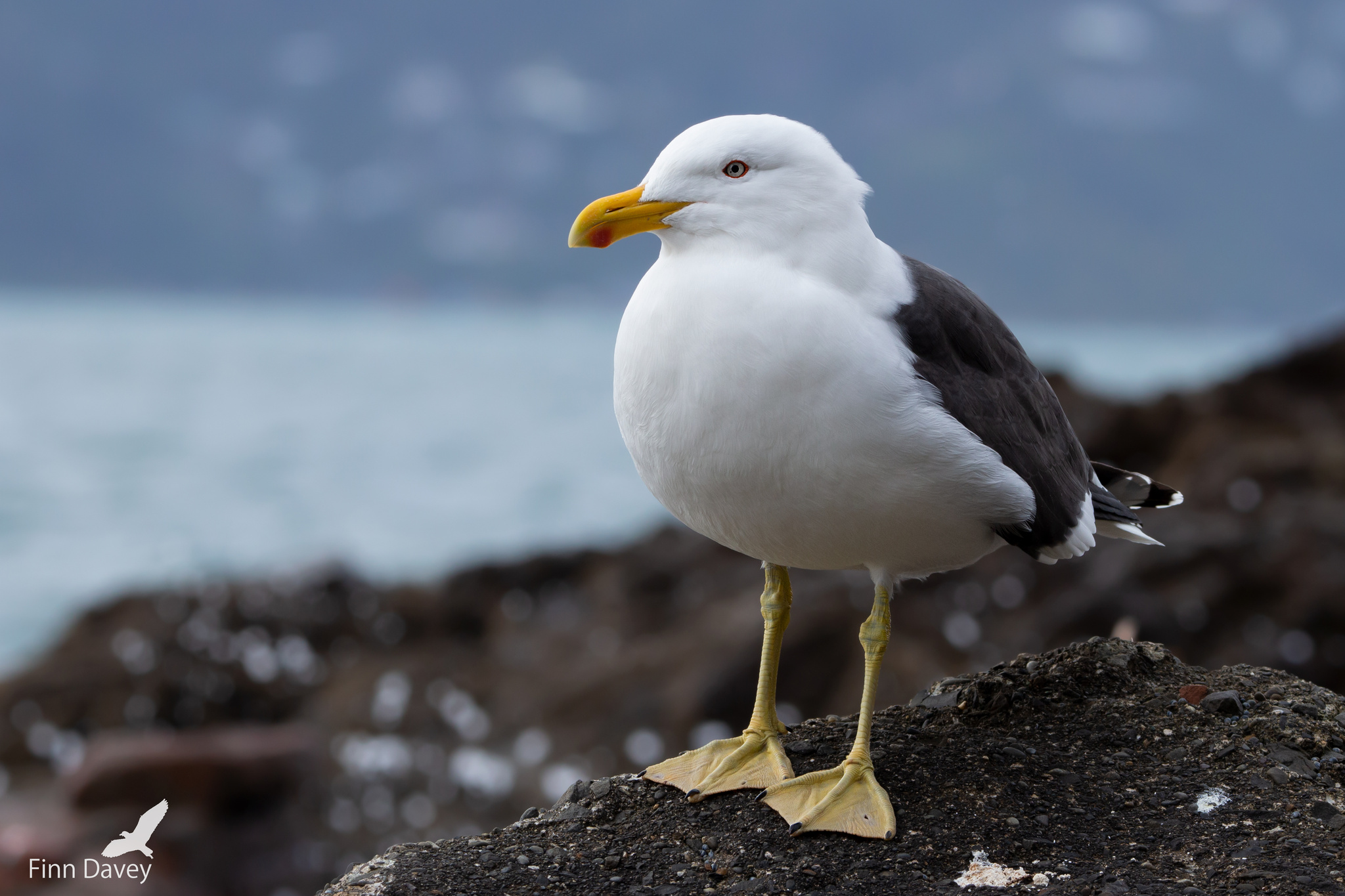Media release
From:
Karoro: The urban gulls adapting to a changing Auckland
Blog by Matt Rayner, Senior Researcher, Natural Sciences
When you think of gulls in Auckland you probably picture a large black-backed pirate, swooping down to snatch hot chips at the beach. That bird is the karoro – the Southern black-backed gull (Larus dominicanus). While often overlooked, new research is revealing just how remarkable these birds really are. A recent study by UNITEC and Auckland Museum has revealed the adaptability of karoro, revealing a dramatic shift in their diet over the past century, thanks to some fascinating scientific techniques and the Museum’s historical collections.
The flexible foodies of the bird world
Karoro are truly opportunistic eaters. Historically, they were coastal marine predators and scavengers, feeding on fish, marine invertebrates, and even the remains of sea mammals like sea lions. However, as Auckland has grown and urbanized, so too has the karoro’s diet. Today, they’re just as likely to chow down on a discarded KFC drumstick or a roadkill mouse as they are to hunt for fish. Our recent study found evidence of this dietary shift by analysing regurgitated pellets collected from island breeding colonies and urban roosting sites. It turns out, where a karoro lives has a big impact on what it eats!
City-dwellers and island gulls
We collected pellets from three sites: the inner-city roosting site at Western Springs and breeding colonies on Rangitoto and Tiritiri Matangi islands. At Western Springs, the karoro had a veritable smorgasbord of food types – from fish bones and marine arthropods to plants, chicken bones, and even terrestrial insects. In contrast, the island colonies featured more marine foods like fish and molluscs. Interestingly, karoro on Rangitoto had scavenged both chicken and mammal bones, most likely lamb remains, probably from nearby urban areas.
How have karoro diets changed over the last century?
To understand how the karoro’s diet has changed over time, we analysed feathers from museum specimens dating back to 1914, using stable isotope analysis. The results were clear: modern karoro have moved away from their traditional marine-based diet, instead relying more on human-associated food sources. This change is likely due to the decline of marine prey in the Hauraki Gulf and the ready availability of urban waste.
Diet of karoro in deep time
When we analysed bones from karoro that lived long before humans arrived in Aotearoa, we discovered something remarkable. These ancient bones, carbon-dated to be as old as 4,500 years, revealed that karoro were once obligate coastal marine predators, feeding at a much higher trophic level. This ancient diet contrasts sharply with the more terrestrial and urban-oriented diet of modern karoro, highlighting just how much human influence has shaped their ecological niche.
Why does this matter?
This dietary shift tells a bigger story about the health of the Hauraki Gulf. As marine ecosystems decline due to pollution, overfishing, and urban runoff, native seabirds like karoro are forced to adapt, often in ways that lead to more contact with humans and urban environments. It’s both fascinating and a bit sad – our actions have reshaped these birds’ lives
Auckland Museum’s role in revealing the past
One of the most exciting aspects of this research was the ability to draw on Auckland Museum’s incredible natural sciences collection. By combining historical specimens with cutting-edge carbon dating and stable isotope analysis, we weren’t just examining what karoro eat today – we were able to trace how their diet has evolved over millenia in response to human induced environmental change.
Resilient survivors – but not all birds are so lucky
It’s easy to overlook the karoro as just another gull in a carpark or tugging at a rubbish bag. But these birds are resilient survivors, uniquely able to adapt their behaviour and diet to a rapidly changing world. Their story is one of flexibility and urban success.
Yet, the adaptability of karoro is the exception, not the rule. Many other seabird species in the Hauraki Gulf are far more specialised, relying on healthy marine food webs to survive. As these ecosystems are degraded by pollution, overfishing, and climate-driven change, these less flexible species are struggling – and in many cases, declining.
So while karoro can make do with fries and chicken bones, others like terns, petrels, shearwaters, shags and penguins cannot. Their shrinking populations are a warning sign: our actions are unraveling the natural balance of the Gulf.
Next time you see a karoro pecking at leftovers, remember – it’s not just making do, it’s adapting to survive in a world we’ve changed. But not all seabirds are so fortunate. Protecting the gulf means fighting for the future of all our native wildlife.



 New Zealand
New Zealand


